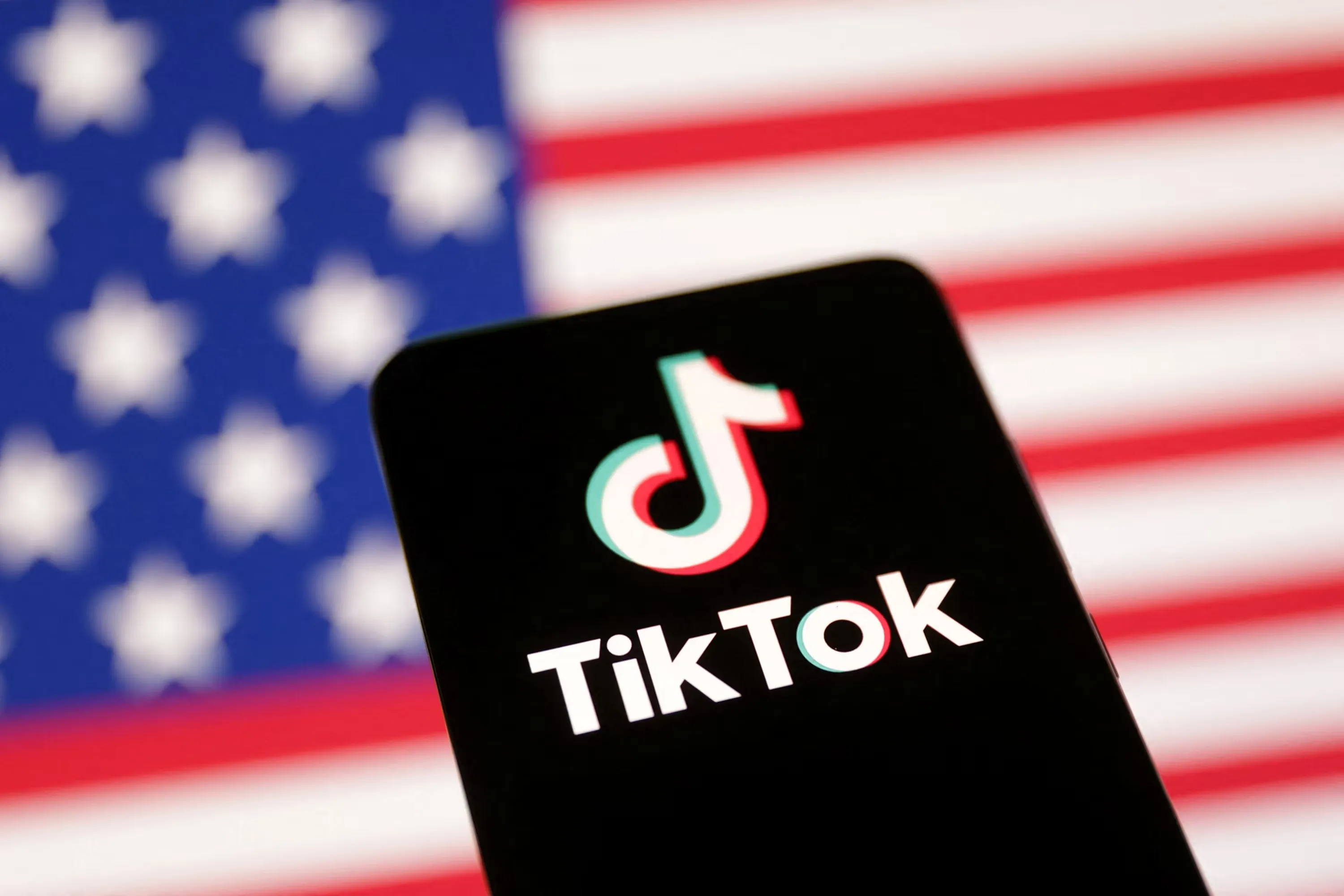Open-source language models have been gaining traction, offering viable alternatives to proprietary counterparts. In this article, we explore the rise of small(er) language models (SLMs) and their impact on the field of natural language processing (NLP).
The SLM Thesis

The SLM thesis centers around the viability of smaller, highly specialized, and more affordable models for specific use cases. This movement has been partly catalyzed by the surge in open-source generative AI models. When contemplating the future of open source versus closed source models, we encounter two main universes:
-
Open Source LLMs Matching or Surpassing Closed Source Models:
- Example: Llama 3 surpasses GPT-5.
- These open-source LLMs demonstrate remarkable performance despite their smaller parameter counts.
- Advances contributed by the open-source community, such as techniques like FlashAttention, enhance computational efficiency.
-
Open Source LLMs as Foundations for Specialized Scenarios:
- Rather than competing directly with proprietary giants, open-source LLMs become the foundation for fine-tuned models or agents in highly specialized scenarios.
- These scenarios might include domain-specific tasks, low-resource languages, or specific industry applications.
Notable Open-Source SLMs
1TinyLlama
- A compact 1.1B language model pretrained on around 1 trillion tokens for approximately 3 epochs.
- Built on the architecture and tokenizer of Llama 2, TinyLlama leverages open-source community contributions (e.g., FlashAttention).
- Despite its relatively small size, TinyLlama outperforms existing open-source language models with comparable sizes.
2Zero-Shot SLMs
- Empirical studies reveal that small models can effectively classify texts, sometimes surpassing their larger counterparts.
- Researchers have shared comprehensive open-source repositories encapsulating their methodologies.
Conclusion
Open-source advancements in SLMs are reshaping the NLP landscape. As these models continue to evolve, they offer exciting possibilities for efficient, specialized, and accessible language understanding.



